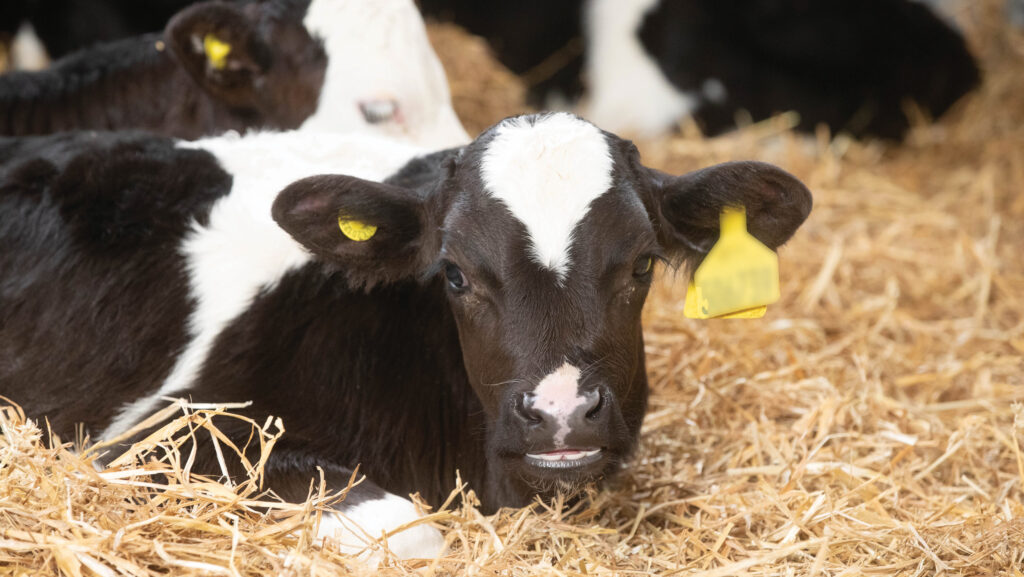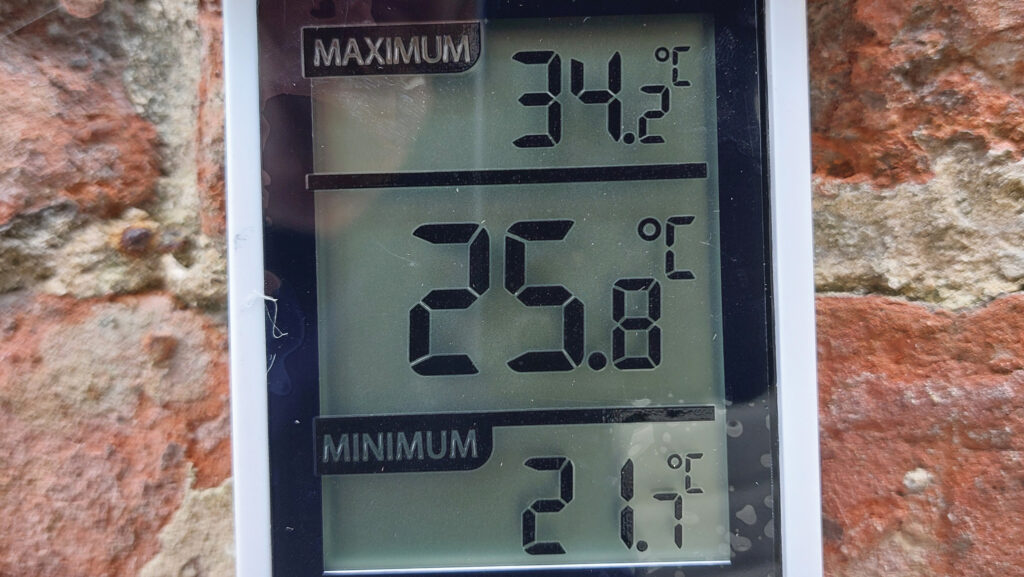Advice on how to avoid heat stress in calves
 © Tim Scrivener
© Tim Scrivener Although heat stress is more common in adult cows, calves can suffer in a hot summer too. Following a few simple rules will help protect health and performance.
Calves have an upper critical temperature (UCT) of 37C – similar to a human – and when hot weather forces this upwards, they must try to dispel the extra heat to avoid heat stress, says cattle vet Owen Atkinson of the Dairy Veterinary Consultancy.
See also: How to prevent heat stress in grazing cows
“In the UK, heat stress in calves is uncommon because they have a different thermoneutral zone to adult cows, which means they struggle to stay warm while cows struggle to dissipate heat,” he explains.
“But it is a consideration as our summers get hotter, and we experience more frequent days of extreme heat.’’
Precautions
Owen says an easy rule of thumb for livestock operators (to work out when extra precautions are needed) is how comfortable they themselves feel in the heat of the day.
“Our thermoneutral zone is very similar to a calf’s. When we get cold, they get cold and equally when we get hot, so do they,” he says.
“When our UCT gets above 37C, we struggle to lose that heat and get heat stroke; for a calf that will present as heat stress.’’
Counting the number of breaths a minute is a good gauge of how a calf is coping. A calf’s normal breathing rate is around 25 breaths every 60 seconds.
Any faster than that and it will be finding it difficult to dispel heat, even if visually, a calf may appear normal.
In a housed situation, during periods of exceptional temperatures, Owen recommends rethinking the bedding policy.
He explains that straw encourages nesting behaviour and is mostly the ideal bedding for calves. However, sand or shavings are better options in hot weather because they prevent the instinct to nest and overheat.
In terms of housing, calves in hutches are likely to be at greatest risk of heat stress, especially if these are incorrectly positioned.
“Hutches can heat up very quickly, especially if they are full of straw and that straw is damp,’’ he says.
“Sometimes I look at housing and question where the calf is going to go to snuggle – and the same could be applied to staying cool.
“With individual pens, it is very difficult to design a space that is going to be suitable for all weather conditions.’’

© MAG/Shirley Macmillan
Cooling down
In all circumstances, calves should have the opportunity to step outside the hutch and when it is very hot, Owen advises rigging up a canvas shade over the hutch.
He is an advocate of igloos, where calves can move to different zones depending on weather conditions.
He says calves should always be provided with a constant supply of clean, fresh water and, especially in large groups, have enough trough space to access it at pinch points on a hot day.
In addition, handling calves in the morning, for stressful activities such as de-horning, vaccinating and weighing, is sensible as this will be when their body temperatures and environmental temperatures are at their lowest point.
